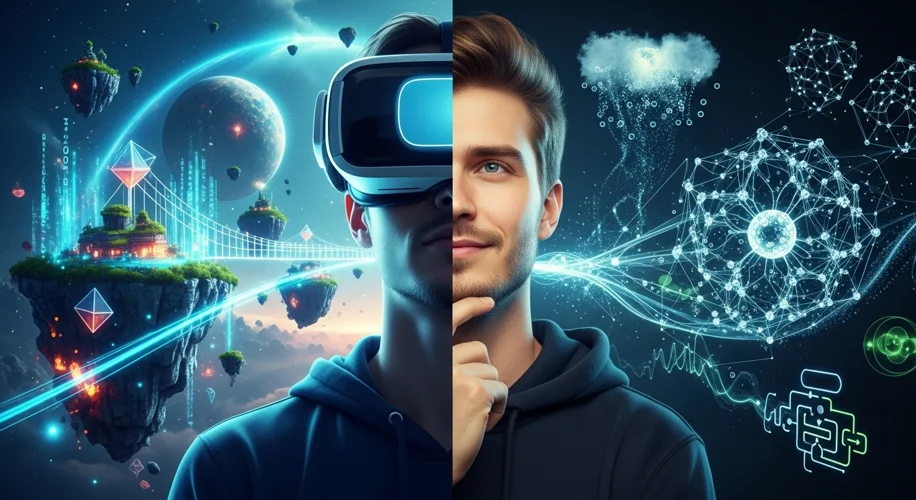Okay, so hear me out… As someone deep in Computer Engineering, especially AI, and with hands-on experience from a VR startup internship, I get asked a lot about the latest tech. Today, I want to share some honest thoughts on Virtual Reality and Machine Learning, straight from a dev’s perspective.
Diving into VR:
Working at a VR startup was eye-opening. Forget just gaming; the potential applications are wild. I saw VR being used for training simulations that felt incredibly real – think surgeons practicing procedures or mechanics learning complex repairs without real-world risk. The sense of presence is what VR gets so right. When you’re in the environment, your brain actually starts to believe it.
But here’s the catch: the hardware still has a way to go. Headsets are getting lighter and higher resolution, which is awesome, but comfort for extended use and the dreaded motion sickness are still hurdles. For developers, creating smooth, believable worlds is a constant balancing act between graphical fidelity and performance. It’s a lot of optimization! For anyone curious, I’d say now is a great time to dip your toes in, especially with more accessible headsets popping up.
Machine Learning in Action:
On the ML front, I’ve been building my own models. It’s fascinating to see how quickly things are advancing. We’re talking about systems that can predict everything from customer behavior to potential equipment failures with surprising accuracy. For instance, I worked on a project that analyzed historical data to predict maintenance needs for certain machinery. The goal was to flag potential issues before they caused downtime. It’s less about magic and more about clever data analysis and understanding algorithms.
What’s really interesting to me is how ML is becoming more accessible. Frameworks like TensorFlow and PyTorch make it easier than ever to get started, even if you’re not a seasoned data scientist. However, a common pitfall is the data itself. Garbage in, garbage out, right? Ensuring your data is clean, relevant, and unbiased is probably the most critical, and often the most time-consuming, part of any ML project. I’m constantly learning here, and honestly, the pace of innovation means there’s always something new to explore.
Connecting the Dots:
These two fields, VR and ML, are starting to blend in really cool ways. Imagine ML models personalizing your VR experiences, making environments adapt to your reactions in real-time, or even powering more realistic AI characters within virtual worlds. The future possibilities feel pretty limitless from where I’m sitting.
As a developer, I’m excited about where this is all heading. It’s challenging, rewarding, and constantly pushing the boundaries of what’s possible. What are your thoughts on VR or ML? Have you tried any new VR experiences or worked with ML models? Drop your questions and insights in the comments below – I’m eager to hear from you!

